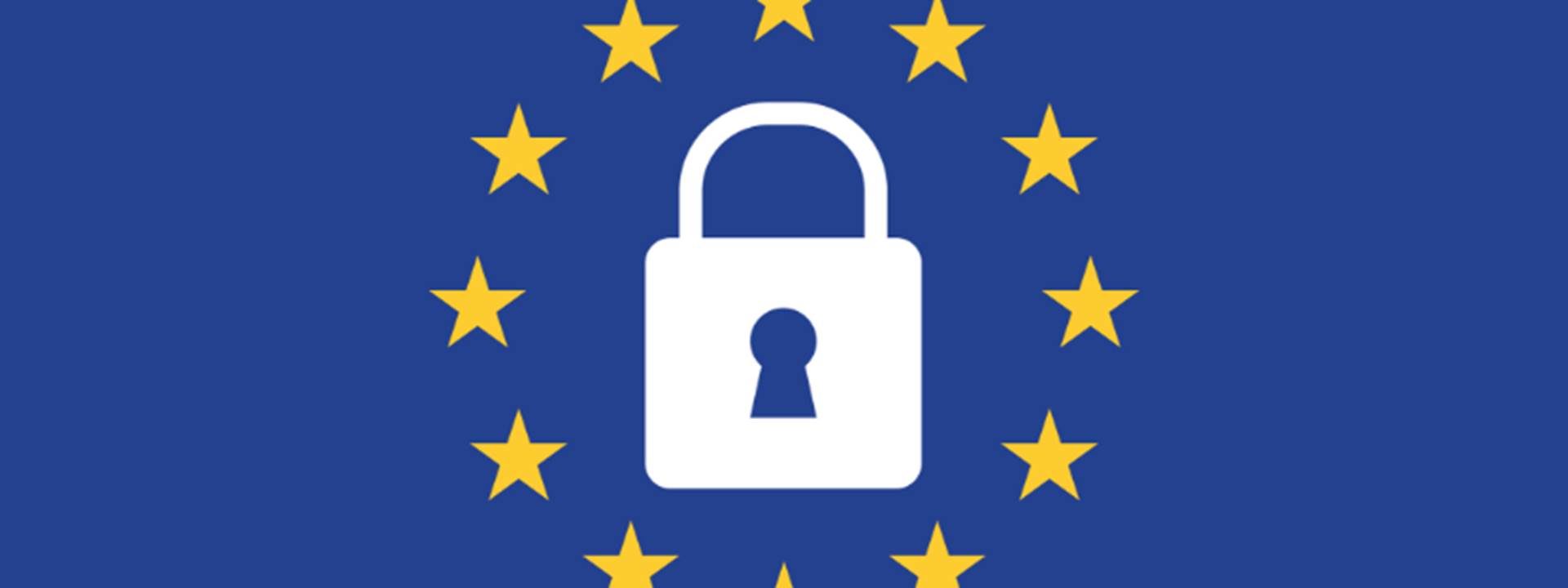When data populated culture…
Before we get into ePrivacy, are there any lessons we can learn from GDPR?
Amidst the plethora of marketing buzzwords; Big Data, Machine Learning, AI, Automation, AR, VR, a new and often dreaded word populated culture this year…GDPR. Yet as the dust from GDPR settles, brands cannot become complacent, because next on the agenda is the ePrivacy Regulation – which has the potential to populate culture with even more of a bang than GDPR. The ePrivacy Regulation is meant to compliment GDPR and concerns how non-personal electronic data is used by organisations. It will address the use of cookies, B2B marketing and data privacy for services such as WhatsApp, Facebook Messenger, Skype and IOT (Internet of Things) devices.
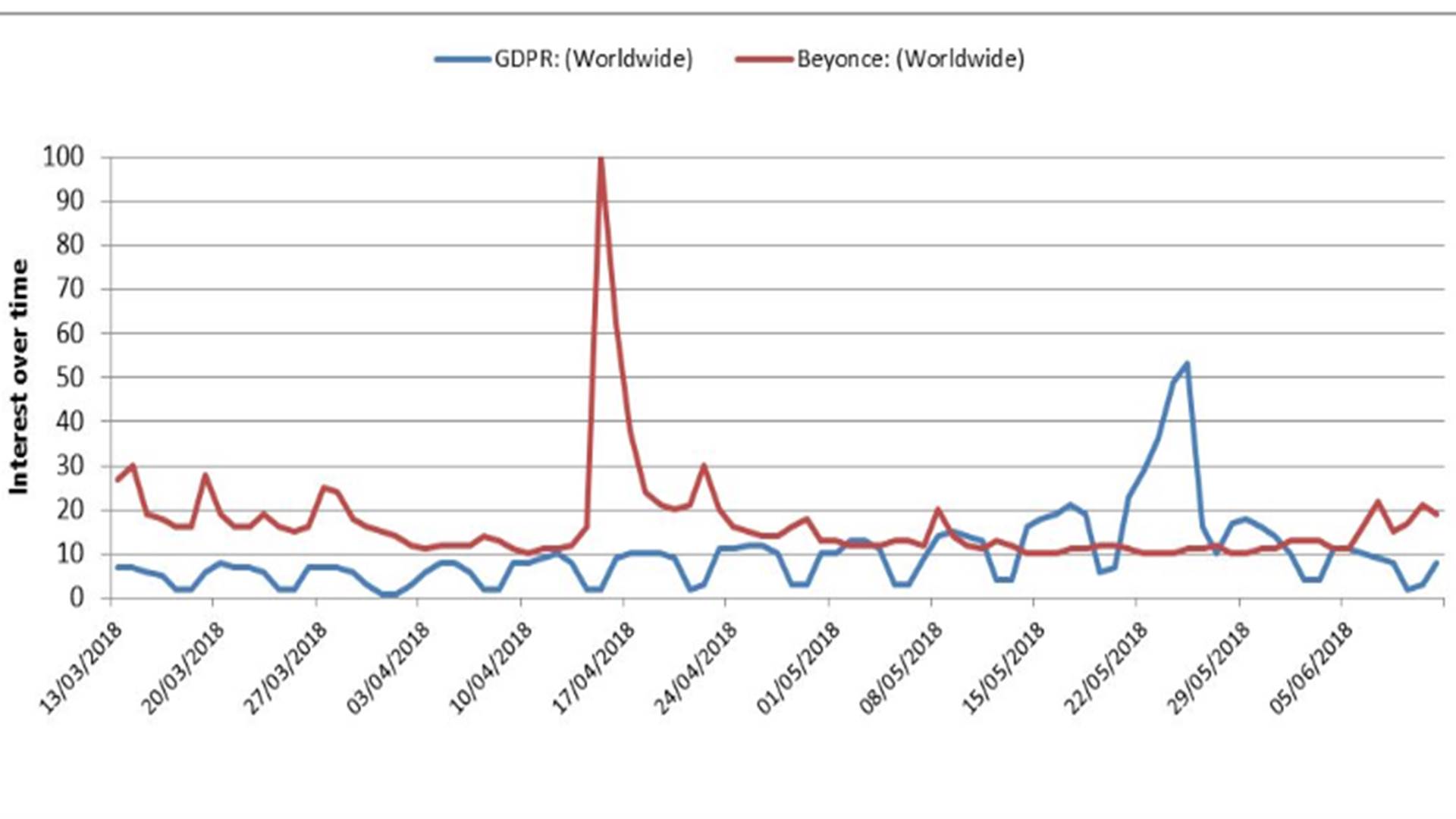
News of GDPR was first announced in 2016, allowing organisations at least two years to become compliant.
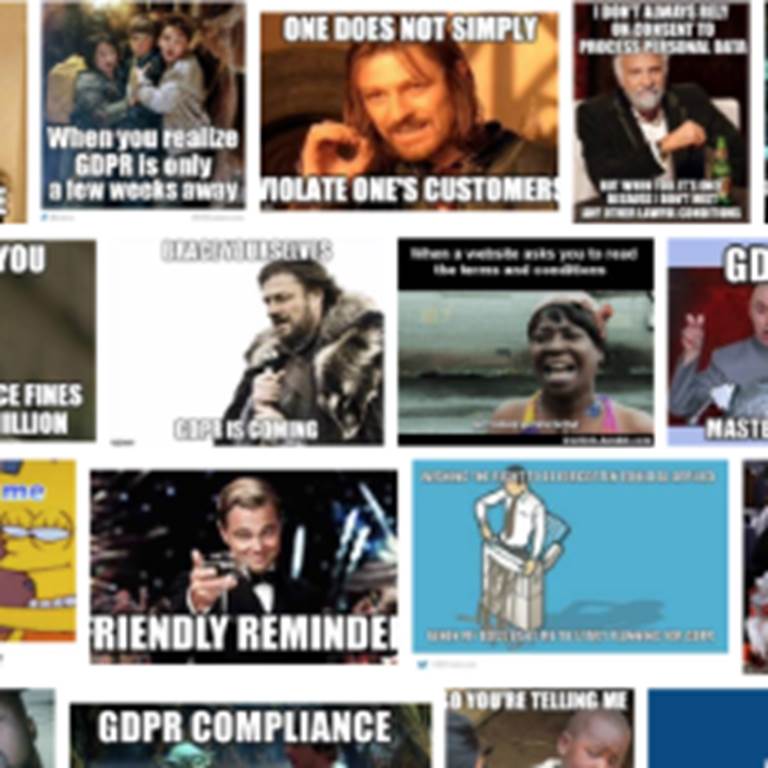
So in a world post – May 25th, do people still care about GDPR? Google trends would suggest no, not really, with the GDPR hype dying down within a couple of weeks of implementation.
Then again, the word is still creeping in the shadows. With the CNIL (French data protection regulator) reporting a 50% increase in the number of data protection complaints and the Information Commissioner’s Office also seeing the number of complaints and breach notifications on the rise, it seems that the world is waiting for the first big GDPR fine.
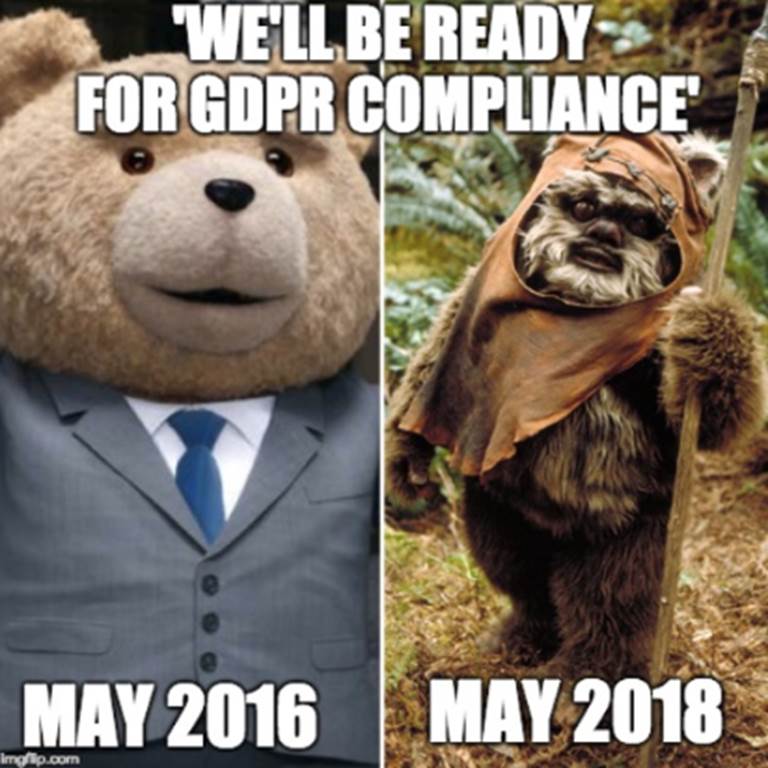
But it’s not all doom and GDPR-gloom, GDPR compliance does present an opportunity to improve customer engagement. Recent research from Marketo reveals that GDPR has had a positive impact on forecasts and targets for up 52% of businesses who took the opportunity to “ensure a level of efficiency in their marketing”. For companies who went down the explicit consent route (rather than using legitimate interest as the basis for marketing comms), many marketing databases post May 25th would have been cleansed of unengaged customers, thereby leaving brands with customers who actually want to receive communications from them. Theoretically this should have a positive effect not only on the brands’ engagement rates but also on organisations’ willingness to adopt new, innovative and potentially transformative methods in order to communicate to those customers who don’t want to be emailed.
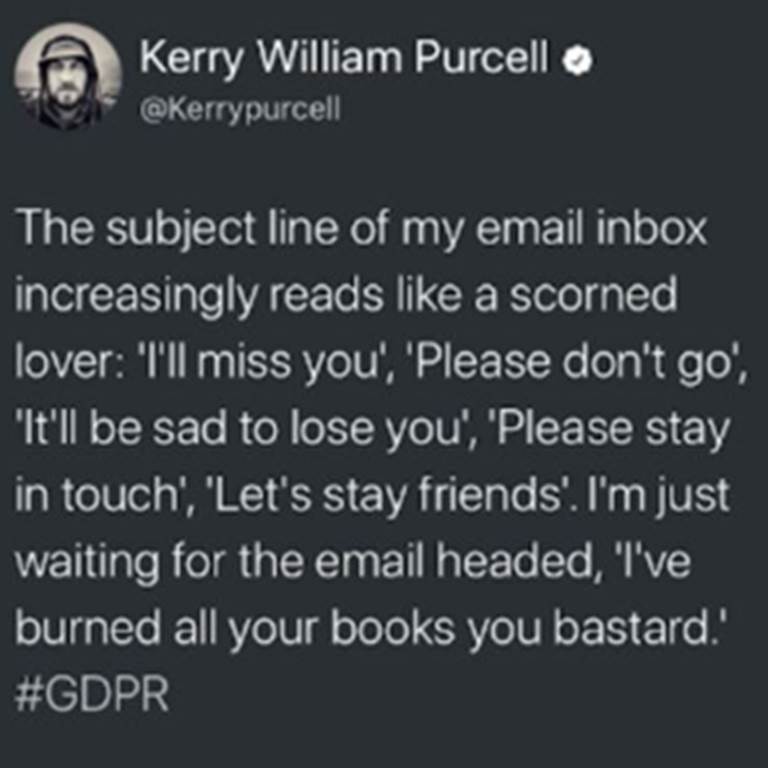
It may be too early to tell if any of the financial predictions prove true, but what we can see is the increase in websites asking for you to accept/consent before clicking through, a decrease in the clutter within inboxes and hopefully the start of a new era where organisations become accountable for the data they hold on us and how it is used.
For organisations themselves, there are three key lessons to take away from all happened with GDPR:
Lesson 1: Start and participate in the conversation earlier, thus avoiding panic and confusion closer to the deadline. If you are thinking about upcoming digital strategies within the next three years, consider ePrivacy now. Get informed and involved in the debate.
Lesson 2: Don’t forget about your customer/end consumer. What will their experience be like? Will they be happy/annoyed/surprised?
Lesson 3: Create an opportunity. Where you see potential barriers take the time to assess the impact and potential efficiencies which may be implemented prior to ePrivacy.

